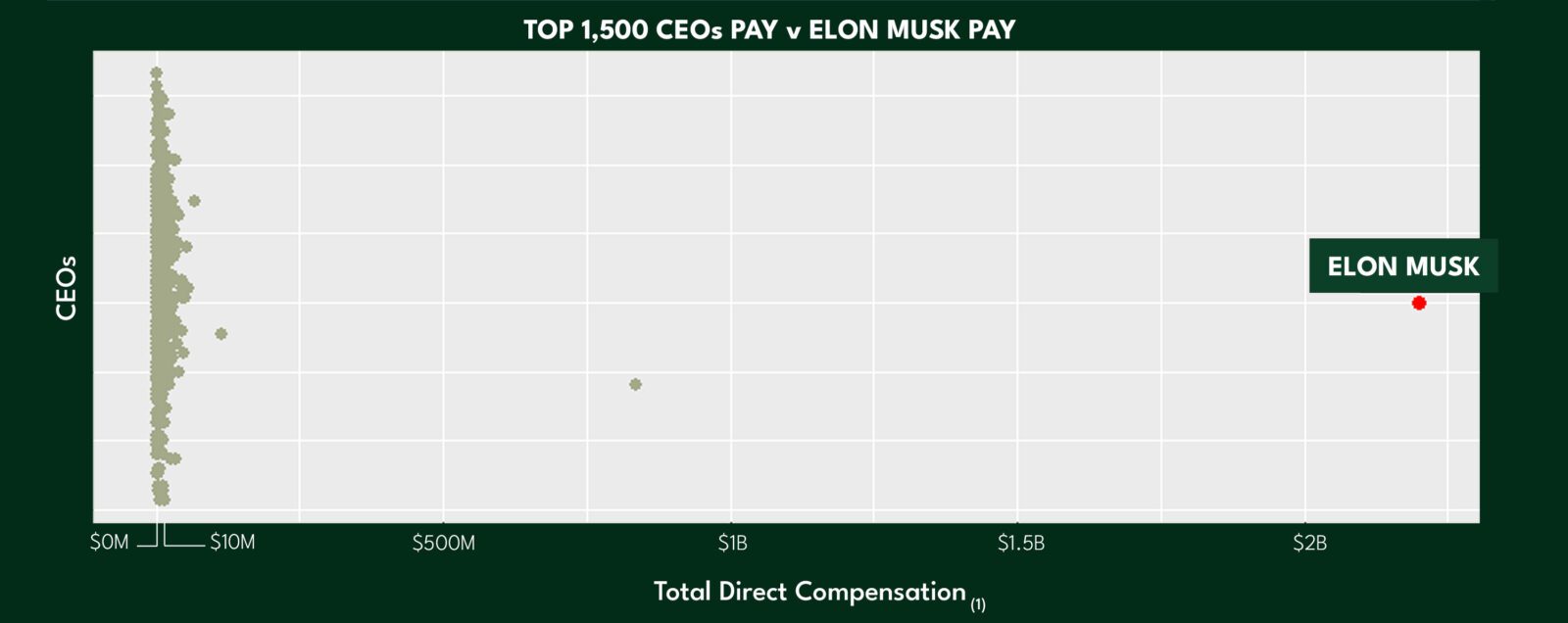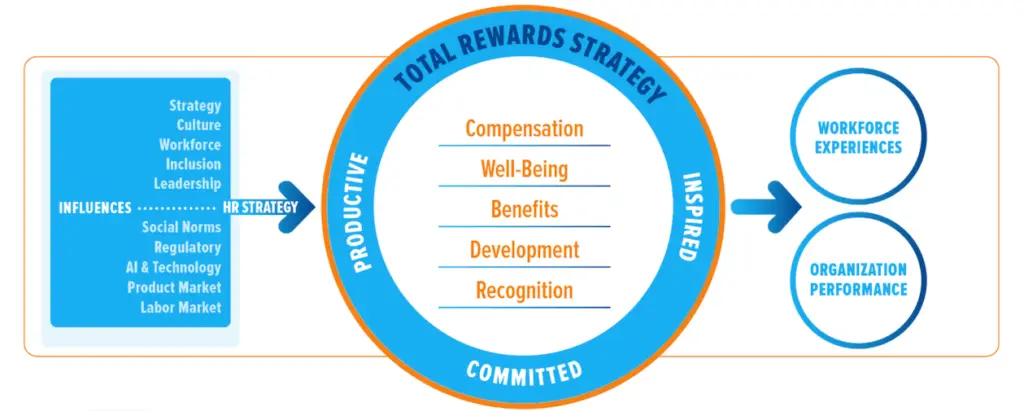
You Are the Company You Keep
By Chris Crawford, CEO & Founder of Zayla Partners | June 15, 2022
A hyper leap in the costs of goods and services does not immediately translate into increased compensation. The supply and demand of labor is the key driver of employee compensation package changes. So, why are companies currently struggling with retaining their key employees – and what can they do?
The current inflationary environment has been well publicized, and no doubt that every American is feeling the effects. While inflation has people thinking more about what they are buying, it also has them thinking more about what they are getting paid.
Layer on the labor shortage caused by the imbalance of 70 million baby boomers being replaced by 40 million in the workforce, with the compounding effect of the “Great Resignation” induced during COVID, and presto – a recipe for employee compensation turmoil has been created.

As evidenced in the chart above, employee dollars are shrinking. While many companies planned “aggressive” payroll budget increases of 4-5% for FY2022 in a nod to be competitive to the market and well above prior years, the unfortunate reality today is that those increases have not kept pace with employee expectations.
As a result, what many leaders thought were healthy salary adjustments have turned out not to be enough to keep talent from exploring other opportunities. Should inflation continue to hold near the current rate – recent data suggests this may be the case – employees will increasingly look to their employers to increase wages as their purchasing power erodes.
A recent survey of 5,000 U.S. workers by Grant Thornton LLP reiterates these expectations, with 40% of respondents expecting compensation increases beyond 6% this year. 52% of respondents noted pay increase expectations of 8% or more! Perhaps not surprisingly, the survey also noted higher base pay was among the top reasons workers took new jobs.
Perception is reality – that is certainly true with employee compensation. The recent move to work from home or a hybrid work experience has also created distance for the employee-manager relationship. As a result, it has become more difficult for managers to know when employees are overworked, underpaid, underappreciated or generally not as satisfied with the work relationship.
The companies that have doubled their efforts to have live one-on-one communication with their employees have done a better job of retaining their key talent. Added to this, those companies that are actively seeking feedback from employees on the total rewards provided by the company have repositioned the elements of total rewards that matter the most.
In short, companies that work hard to understand employee perceptions and realities are delivering compensation plans with the greatest return on investment—and that equals greater employee retention.

The WorldatWork total rewards model, shown above, illustrates that compensation is no longer just base salary and benefits. However, the majority of company responses during this hyperinflationary period has been base salary-focused, or worse, the counteroffer of people submitting a resignation has been quantum leaps in base salary.
While a flat increase in base salary may keep or possibly counter a departing employee in the near term, it is usually not that effective in the long-term and can create a host of alternative issues. Companies that develop a holistic total rewards strategy that maximizes employee perceptions with market competitive positioning built to withstand major market volatility both up and down are the most successful at retaining employees over the long term.
The current market forces are volatile. However, history predicts they are temporary and will change shortly. As such, solving the current compensation turmoil with a large increase in permanent fixed costs such as base salary is like treating a wasp sting with general anesthesia. It may work, but it could be solved way more effectively.
Retention awards can be tailored to level, time, performance, and compensation delivery to ensure you maximize the return on investment.
Here are three reasons why you may consider retention awards to combat the current compensation turmoil:
A company’s most valuable asset is its employees. Key employees are the one true differentiator of company success. A well thought out total rewards strategy will not only position a company to keep its best talent, but can also position the company to take advantage of the current market volatility by attracting and motivating new talent to accomplish the company’s long term goals. For more solutions on retention strategies during a volatile period, please contact us.
© 2023 – Zayla Partners | All Rights Reserved